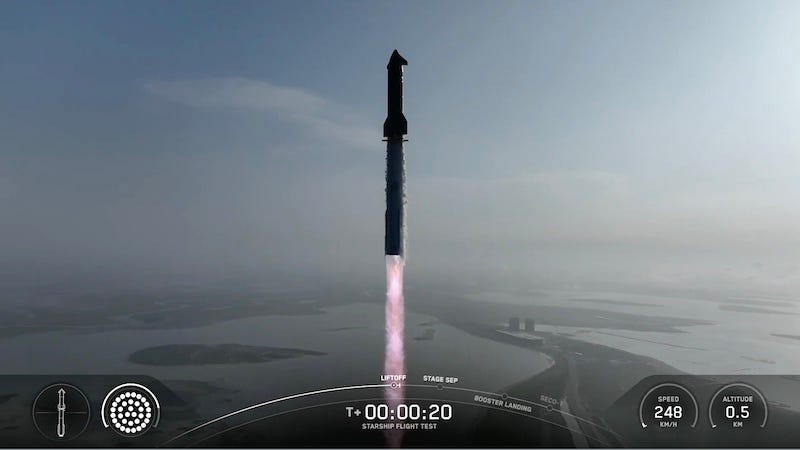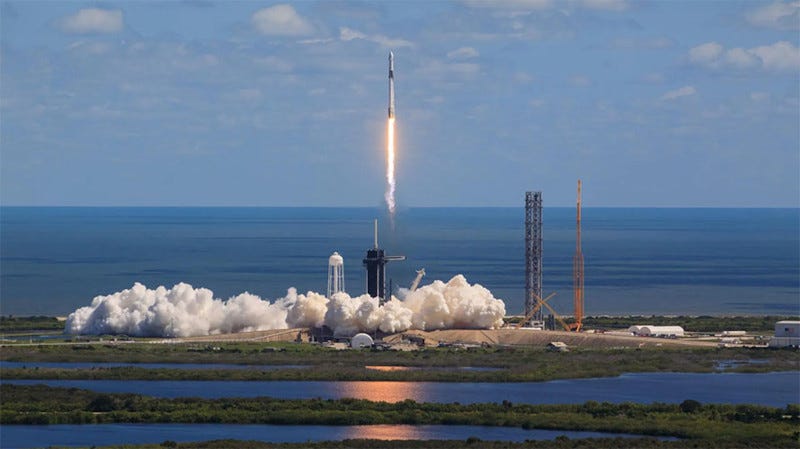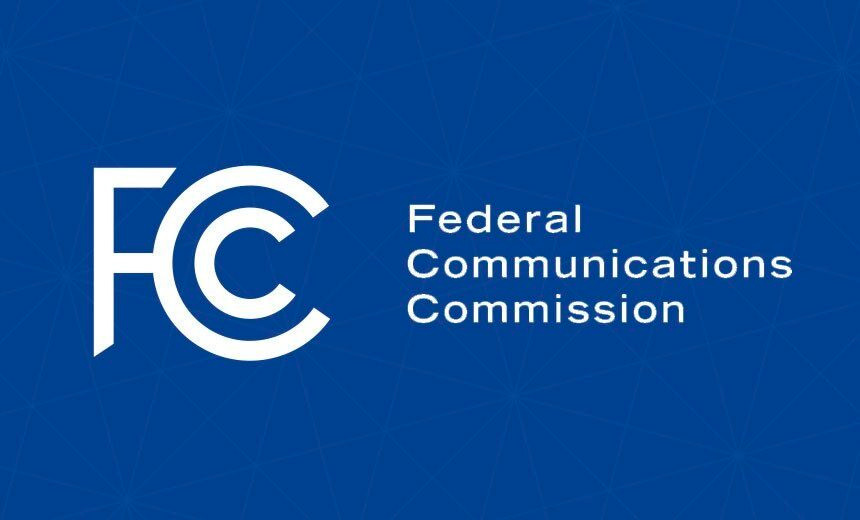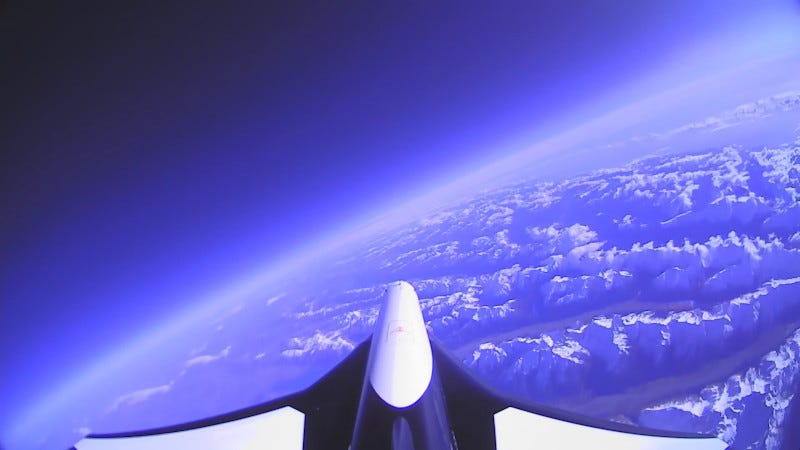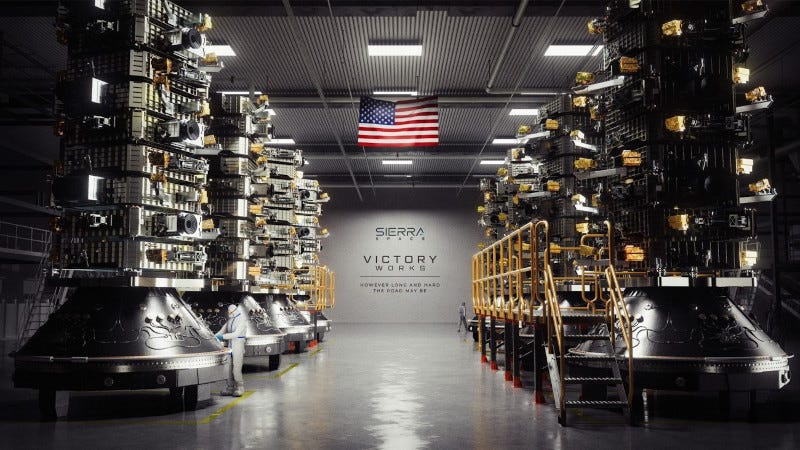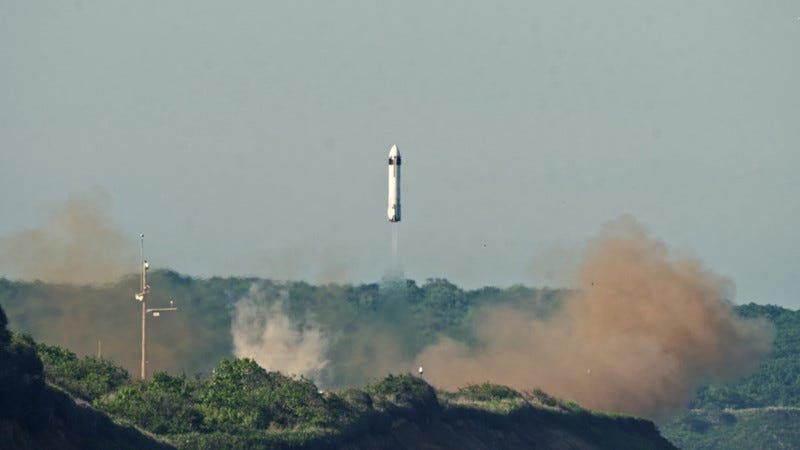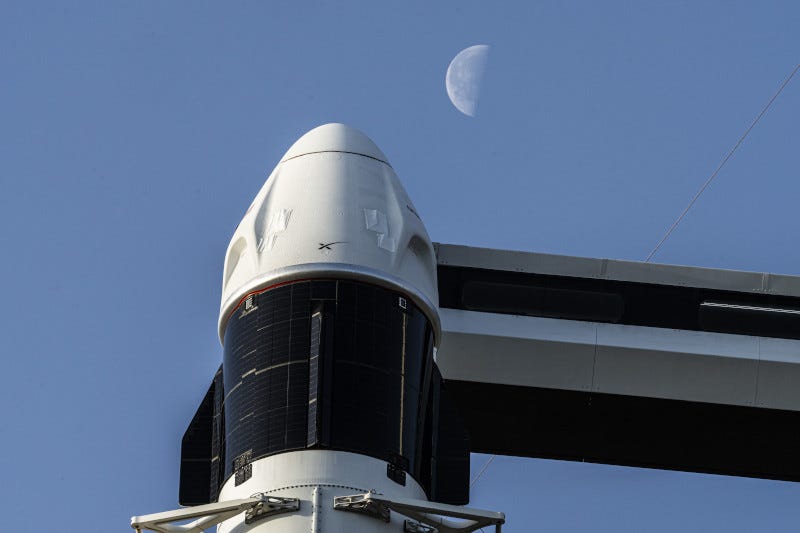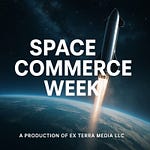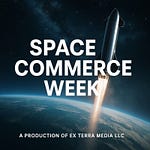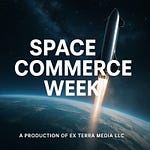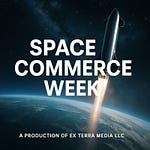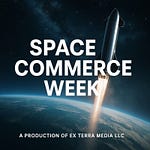You've heard of the "Big Beautiful Bill" ... also known as the Budget Reconciliation Act. One of the provisions in that bill is for space companies to pay a fee for launching rockets beginning next year. According to the text of the bill in both houses of Congress, starting in 2026, the Secretary of Transportation would impose fees on each space launch or reentry under a license or permit.
The fee will be the lesser of a specified amount per pound of payload weight, which increases annually from $0.25 in 2026 to $1.50 in 2033, with further adjustments based on the consumer price index, or a fixed amount per launch or reentry, starting at $30,000 in 2026 and increasing to $200,000 in 2033, also adjusted annually based on the consumer price index.
The Office of Commercial Space Transportation (AST) would collect the fees, and deposit them into a dedicated fund to be used for administrative expenses. Some 70 percent of the collected fees would be available for the Office's expenses without further appropriation and without fiscal year limitation.
The potential impact to the commercial launch industry is additional costs for each launch or reentry, calculated based on payload weight or a fixed amount. This could significantly impact their budgets, especially for frequent launches. Companies would need to incorporate these fees into their financial planning and pricing strategies, potentially leading to higher costs for their customers.
-0-
Meanwhile, a bill recently introduced in the U.S. Senate would streamline the application process for commercial space launches and the licensing of private remote sensing space systems or satellites.
The "Licensing Aerospace Units to New Commercial Heights" (LAUNCH) Act would require the FAA to streamline the application of regulations for commercial space launches and reentry requirements by eliminating duplicative efforts and taking industry feedback into account. It would also elevate the Commercial Space Transportation office to report directly to the Secretary of Transportation, and require the Transportation Secretary to report on flight safety and workforce collaboration.
According to the Senators introducing the bill, the FAA approval process for commercial space launches is needlessly cumbersome, and to maintain America’s competitive position, the FAA must be able to efficiently approve weekly and, eventually, daily launch and reentry operations by multiple companies in a manner that reduces the burden on the commercial space industry and government resources.
-0-
Getting back to fees for a moment, The FCC has amended its existing method of assessing regulatory fees for space and earth stations. The changes will be effective for the fiscal year 2025 (FY 2025) assessment and collection of regulatory fees.
The two primary changes in the methodology are that regulatory fees are assessed on stations once they are authorized, rather than when the stations are certified to be operational, as is currently the case. Second, existing regulatory fee categories are split for Space Stations (Non-Geostationary Orbit) into two new fee categories: small constellations that are fewer than 1000 authorized space stations, and large constellations of 1000 authorized space stations or more. These changes will better distinguish between space station regulatees, and will more accurately apportion fee burdens among them, which should result in lower per unit regulatory fees for the majority of space station fee payors compared to fiscal year 2024.
The order also adopts an approach that broadens the base of regulatory fee payors to better align fees with the benefits of regulation and that is less subjective than the current system that allocates fees based on the estimated “complexity” of an NGSO system.
The commission says that the changes support its goal that its regulatory fees are fair, administrable, and sustainable.
-0-
Coming up, the Aurora Spaceplane is coming to Oklahoma, and Honda is testing a reusable rocket. But right now why not take a minute to become a paid subscriber to The Journal of Space Commerce. Whether you’re a space professional or an enthusiast, paid subscribers have first access to premium articles and podcasts focused on the new space economy. Just visit www.exterrajsc.com on Substack, and help keep The Journal of Space Commerce independent as we chronicle, cajole and, when necessary, critique the commercial space industry.
-0-
A binding partnership agreement has been inked between the Oklahoma Space Industry Development Authority (OSIDA) and Dawn Aerospace to bring a Mk-II Aurora spaceplane to Oklahoma. As part of the agreement, Dawn will deliver and operate Aurora at the Oklahoma Air and Space Port. The Aurora is scheduled for delivery in 2027, with flights to space commencing that same year.
Under the terms of the agreement, Dawn will supply the aircraft, ground control station and an operations team. Flights on Aurora are expected to cost, on average, low hundreds of thousands of dollars per flight. Campaigns of multiple flights will redefine the landscape of space launch and enable researchers to conduct experiments in rapid succession, accelerating scientific progress while keeping costs low. Oklahoma colleges and universities will have free access to the aircraft for research purposes for the first year of operations.
The Aurora's development will continue through 2027, with manufacturing and flight testing conducted at Dawn’s R&D facilities in Christchurch, New Zealand.
-0-
A new operation dedicated to supporting national security space as a prime contractor has been introduced by Sierra Space. The launch of Sierra Space Defense and related infrastructure expansion plans are driven by a palpable sense of urgency: the United States is facing new threats and near-peer adversaries at unprecedented levels in the space domain.
In response to the evolving threat environment, Sierra Space is retooling its commercial capacity to focus on revitalizing the U.S. defense industrial base through innovative satellite and spacecraft systems technology.
Sierra Space will dedicate a new manufacturing facility, called “Victory Works,” to defense technology. Located in Centennial, Colorado, the 60,000 square-foot space will play a pivotal role in the production of the company’s new Sierra Space Eclipse satellite bus line.
-0-
Could this be the Honda Civic of space? The research and development subsidiary of Honda Motor Co. has conducted a launch and landing test of an experimental reusable rocket developed independently by Honda. The test included a launch, flight to just under 900 feet and successful landing. It was the first time Honda has successfully landed a rocket.
The goals of the test were to demonstrate key technologies essential for rocket reusability, such as flight stability during ascent and descent, as well as landing capability.
Honda says its rocket research is being driven by the growing expectation for greater utilization of data systems in outer space through expanded use of satellites. That means the need for satellite launch rockets is also expected to increase in the coming years.
Honda has chosen to take on the technological challenge of developing reusable rockets by utilizing Honda technologies amassed in the development of various products and automated driving systems, based on a belief that reusable rockets will contribute to achieving sustainable transportation.
-0-
And, as we produce our Weekly Review this week, the Ax-4 mission is now scheduled to launch early in the morning on Sunday, with a backup opportunity available on Monday, June 23 at 3:20 a.m. ET.
The mission had originally been scheduled to launch earlier this month, but was delayed to allow SpaceX teams to repair a liquid oxygen leak identified during post-static fire Falcon 9 rocket inspections. The launch was delayed further when a pressure leak was identified in the Russian Zvezda module of the ISS.
During their time on the orbiting laboratory, the crew will conduct more than 60 scientific experiments and demonstrations focused on human research, Earth observation, and life, biological, and material sciences.
-0-
And those are some of the top stories we covered for you on The Journal of Space Commerce this week. You can get daily updates on space commerce by subscribing to The Journal of Space Commerce on Substack at www.exterrajsc.com. And please consider becoming a paid subscriber. Whether you’re a space professional or an enthusiast, paid subscribers have first access to premium articles and podcasts focused on the new space economy. Just visit www.exterrajsc.com and help keep The Journal of Space Commerce independent as we chronicle, cajole and, when necessary, critique the commercial space industry.
You Might have Missed:
Redwire Announces Pricing of Its Upsized Offering of Common Stock
OSC COLA Gap Pathfinder Contracts Announced
LEO Satellite Market Worth $20.69 Billion by 2030: Report
Partnership Aims to Advance Additive Manufacturing for Space Propulsion
Space Foundation Now Accepting Nominations for Space Technology HOF
Theme Stock Music provided by CoolTones, from Pond5




